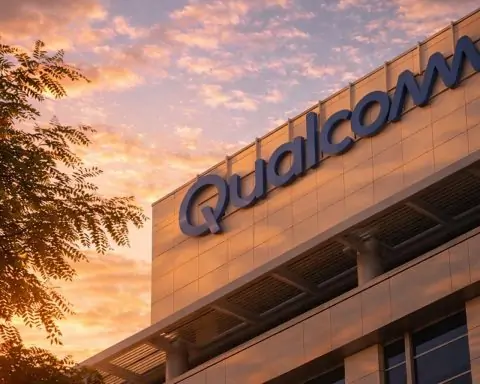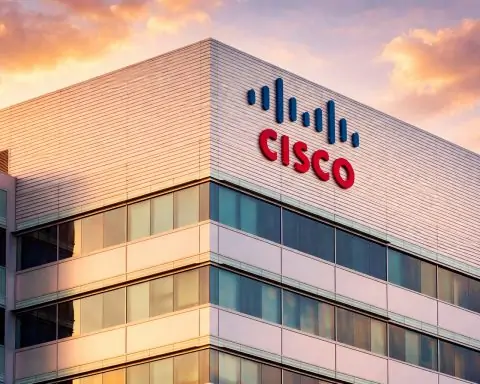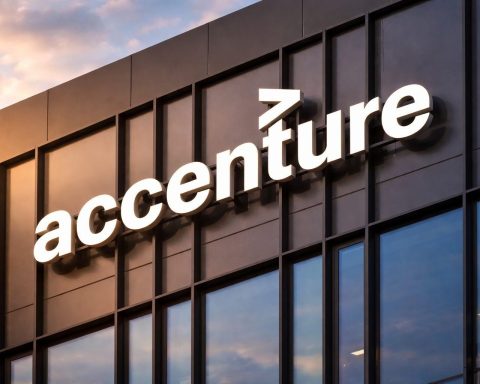
Qualcomm (QCOM) Stock News Today: Alphawave Semi Deal Closes Early, Dividend Paid, and 2026 Forecasts in Focus (Dec. 18, 2025)
Qualcomm Incorporated (NASDAQ: QCOM) is back in the spotlight on Thursday, December 18, 2025, as investors digest two developments that matter to shareholders right now: the early close of Qualcomm’s Alphawave Semi acquisition and a cash dividend landing today—all while










